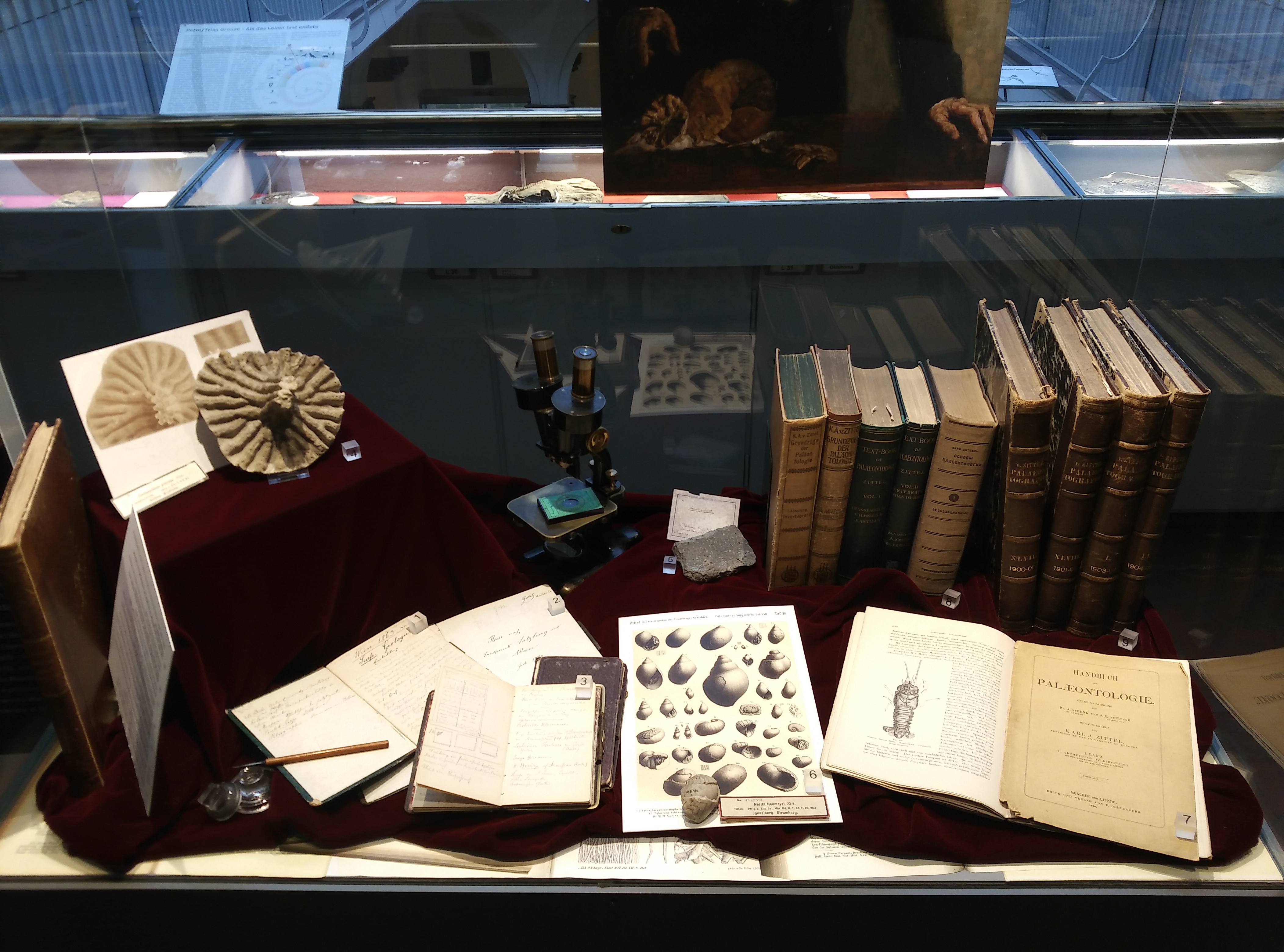|
Multiplacophora
Multiplacophora is a stem-group of chitons with a number of plates arranged in 7 rows along the body. They date to at least the Upper Cambrian, but two lower Cambrian fossils- ''Ocruranus'' and ''Trachyplax'' - may extend the range downwards. Families and genera * Family Hercolepadidae Dzik, 1986 ** Genus ''Hercolepas'' Aurivillius, 1892 ** Genus ''Protobalanus (chiton), Protobalanus'' Hall and Clarke, 1888 * Family Strobilepidae Hoare and Mapes, 1995 ** Genus ''Aenigmatectus'' Hoare and Mapes, 1996 ** Genus ''Deltaplax'' Puchalski, Johnson, Kauffman and Eernisse, 2009 ** Genus ''Diadeloplax'' Hoare and Mapes, 1995 ** Genus ''Hannestheronia'' Vinther, Jell, Kampouris, Carney, Racicot & Briggs, 2012 ** Genus ''Polysacos'' Vendrasco, Wood and Runnegar, 2004 ** Genus ''Strobilepis'' Clarke ''in'' Hall and Clarke, 1888 References {{Taxonbar, from=Q15076861 Devonian animals Late Devonian animals Chitons ... [...More Info...] [...Related Items...] OR: [Wikipedia] [Google] [Baidu] |
Polysacos
''Polysacos'' is an extinct genus of multiplacophorans (chitons) known from articulated Carboniferous fossils; its seventeen shell plates are arranged in three rows, with seven iterated units. It demonstrates that multiplacophora are related to modern polyplacophora. It was fringed with a ring of hollow spines resembling those of the Ordovician ''Echinochiton''. References Prehistoric chiton genera {{paleo-mollusc-stub ... [...More Info...] [...Related Items...] OR: [Wikipedia] [Google] [Baidu] |
Chiton
Chitons () are marine molluscs of varying size in the class Polyplacophora (), formerly known as Amphineura. About 940 extant and 430 fossil species are recognized. They are also sometimes known as gumboots or sea cradles or coat-of-mail shells or suck-rocks, or more formally as loricates, polyplacophorans, and occasionally as polyplacophores. Chitons have a shell composed of eight separate shell plates or valves. These plates overlap slightly at the front and back edges, and yet articulate well with one another. Because of this, the shell provides protection at the same time as permitting the chiton to flex upward when needed for locomotion over uneven surfaces, and even allows the animal to curl up into a ball when dislodged from rocks. The shell plates are encircled by a skirt known as a girdle. Habitat Chitons live worldwide, from cold waters through to the tropics. They live on hard surfaces, such as on or under rocks, or in rock crevices. Some species live quite hi ... [...More Info...] [...Related Items...] OR: [Wikipedia] [Google] [Baidu] |
Devonian Animals
The Devonian ( ) is a geologic period and system of the Paleozoic era, spanning 60.3 million years from the end of the Silurian, million years ago (Mya), to the beginning of the Carboniferous, Mya. It is named after Devon, England, where rocks from this period were first studied. The first significant adaptive radiation of life on dry land occurred during the Devonian. Free-sporing vascular plants began to spread across dry land, forming extensive forests which covered the continents. By the middle of the Devonian, several groups of plants had evolved leaves and true roots, and by the end of the period the first seed-bearing plants appeared. The arthropod groups of myriapods, arachnids and hexapods also became well-established early in this period, after starting their expansion to land at least from the Ordovician period. Fish reached substantial diversity during this time, leading the Devonian to often be dubbed the Age of Fishes. The placoderms began dominating al ... [...More Info...] [...Related Items...] OR: [Wikipedia] [Google] [Baidu] |
Strobilepis
''Strobilepis'' is an extinct genus of Devonian-Carboniferous Multiplacophoran bearing close similarity to ''Polysacos ''Polysacos'' is an extinct genus of multiplacophorans (chitons) known from articulated Carboniferous fossils; its seventeen shell plates are arranged in three rows, with seven iterated units. It demonstrates that multiplacophora are related to mo ...''. References Devonian molluscs Carboniferous molluscs Prehistoric chiton genera Late Devonian animals {{chiton-stub ... [...More Info...] [...Related Items...] OR: [Wikipedia] [Google] [Baidu] |
Palaeontology (journal)
''Palaeontology'' is one of the two scientific journals of the Palaeontological Association (the other being '' Papers in Palaeontology''). It was established in 1957 and is published on behalf of the Association by Wiley-Blackwell. The editor-in-chief is Barry Lomax (University of Nottingham). ''Palaeontology'' publishes articles on a range of palaeontological topics, including taphonomy, functional morphology, systematics, palaeo-environmental reconstruction and biostratigraphy. According to the ''Journal Citation Reports'', the journal has a 2017 impact factor The impact factor (IF) or journal impact factor (JIF) of an academic journal is a scientometric index calculated by Clarivate that reflects the yearly mean number of citations of articles published in the last two years in a given journal, as i ... of 3.730, ranking it 1st out of 55 journals in the category "Paleontology". References External links * Paleontology journals Publications established in 1957 ... [...More Info...] [...Related Items...] OR: [Wikipedia] [Google] [Baidu] |
Protobalanus (chiton)
The genus ''Quercus'' contains about 500 species, some of which are listed here. The genus, as is the case with many large genera, is divided into subgenera and sections. Traditionally, the genus ''Quercus'' was divided into the two subgenera ''Cyclobalanopsis'', the ring-cupped oaks, and ''Quercus'', which included all the other sections. However, a comprehensive revision in 2017 identified different relationships. Now the genus is commonly divided into a subgenus ''Quercus'' and a sugenus ''Cerris'', with ''Cyclobalanopsis'' included in the latter. The sections of subgenus ''Quercus'' are mostly native to the New World, with the notable exception of the white oaks of sect. ''Quercus'' and the endemic Quercus pontica. In contrast, the sections of the subgenus ''Cerris'' are exclusively native to the Old World. Legend Species with evergreen foliage (" live oaks") are tagged '#'. Species in the genus have been recategorized between deciduous and evergreen on numerous occasions, al ... [...More Info...] [...Related Items...] OR: [Wikipedia] [Google] [Baidu] |


